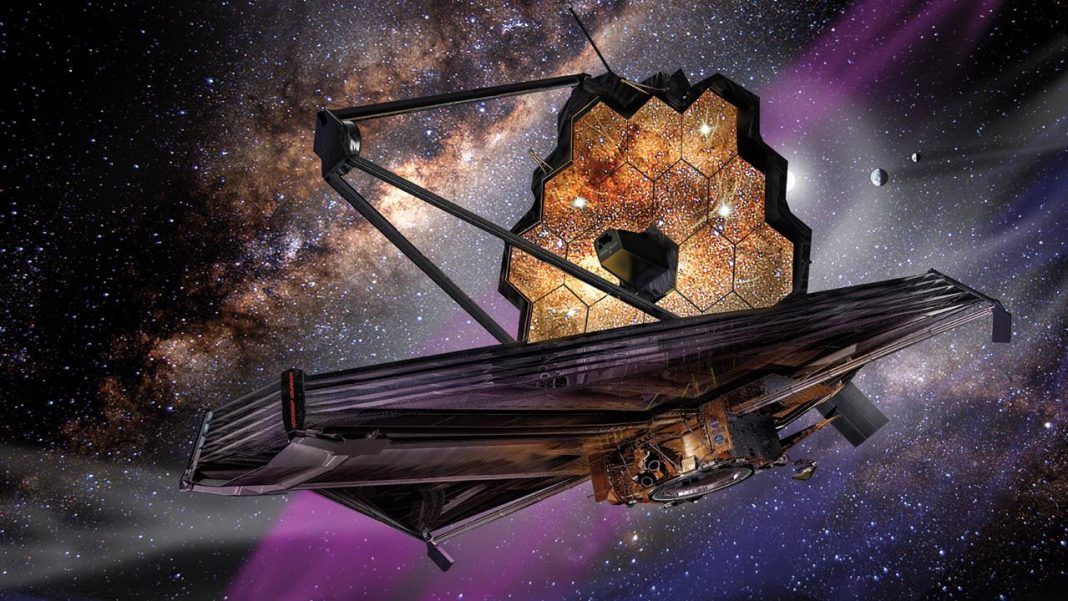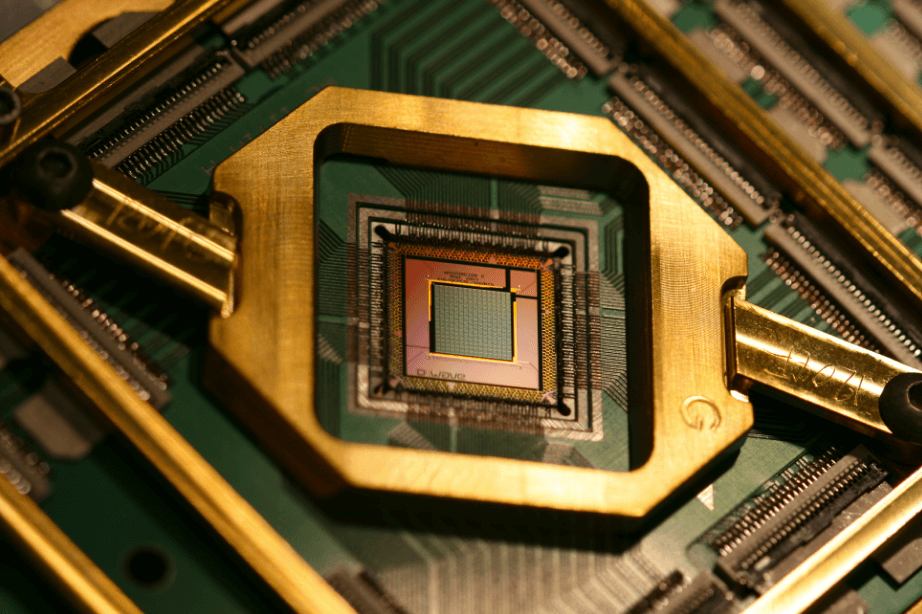As wonderful as the Hubble telescope has proved to be over the past few decades, it is getting old and will soon be time for a new piece of revolutionary technology to take its place. This new piece of equipment comes in the form of the James Webb Telescope and although still under construction currently, it is almost ready to go. There are 18 hexagonal dishes used that make up the main body that amounts to one big 6.5-meter dish capable of capturing a huge amount of light. This will enable astronomers to see objects that are fainter and further back in time than we’re used to.
Photos were recently published by NASA that shows the progress of the telescope, and its completed mirror assembly. The whole body of the telescope is now complete and is due to be moved to Houston any time now. Once it arrives in Houston, it will be checked over thoroughly to ensure it’s ready for space. After that, the final satellite will be moved to French Guinea to launch from the European Space Agency’s spaceport which is ideal as rockets that are deployed near the equator get a bigger push due to the way in which the Earth rotates.
Hopefully, if all goes to plan the James Webb Telescope will launch in 2018 and make the one million mile journey to the second of five gravitationally stable Lagrange points where the pull from the Earth and Sun are roughly equal to one another. Once it’s reached its destination a sun shield will be deployed in which to protect the telescope’s sensors and footage should then be streamed down to Earth sometime later.
However, as with most things relating to space travel, nothing it that easy or set in stone. For example, the Hubble had a defect with its main mirror, but luckily it was it close enough to Earth to fix it without too many problems. The James Webb Telescope on the other will be farther away than any human has ever been, so if anything goes wrong with that it will be game over (at least for a few years until a craft could be built to go and fix it). And considering the James Web Telescope cost $9 billion we really don’t want to mess this up. Hopefully, all will go to plan and not only will we be able to look back to the earliest times of our universe, but also determine the chemical composition of those planets and stars nearby.
More News to Read











